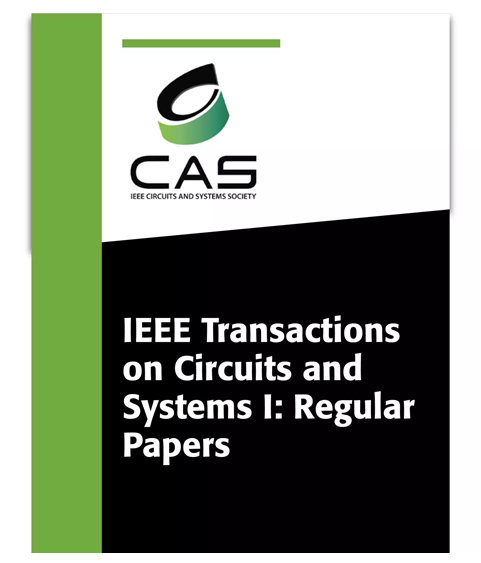卷积神经网络的三角输入运动收缩阵列:体系结构和硬件实现
IF 5.2
1区 工程技术
Q1 ENGINEERING, ELECTRICAL & ELECTRONIC
IEEE Transactions on Circuits and Systems I: Regular Papers
Pub Date : 2025-01-01
DOI:10.1109/TCSI.2024.3522351
引用次数: 0
摘要
卷积神经网络(cnn)的现代硬件架构除了以高性能为目标外,还以消耗有限的能量为目标。降低计算核心和内存之间的数据移动成本是降低能耗的一种方法。收缩数组是实现这一目标的合适架构:它们使用多个相互通信的处理元素,以基于适当的数据流(如权重固定和行固定)最大化数据利用率。受此启发,我们提出了TrIM,这是一种基于三角形输入运动的创新数据流,与最先进的收缩阵列相比,它能够将内存访问次数减少一个数量级。本文提出了一种基于trim的cnn硬件架构。作为展示,加速器被实现在现场可编程门阵列(FPGA)上,以执行VGG-16和AlexNet cnn。该架构实现了每秒453.6千兆操作的峰值吞吐量,在内存访问方面优于最先进的行固定收缩阵列高达3倍,并且比其他FPGA加速器节能高达11.9倍。本文章由计算机程序翻译,如有差异,请以英文原文为准。
TrIM, Triangular Input Movement Systolic Array for Convolutional Neural Networks: Architecture and Hardware Implementation
Modern hardware architectures for Convolutional Neural Networks (CNNs), other than targeting high performance, aim at dissipating limited energy. Reducing the data movement cost between the computing cores and the memory is a way to mitigate the energy consumption. Systolic arrays are suitable architectures to achieve this objective: they use multiple processing elements that communicate each other to maximize data utilization, based on proper dataflows like the weight stationary and row stationary. Motivated by this, we have proposed TrIM, an innovative dataflow based on a triangular movement of inputs, and capable to reduce the number of memory accesses by one order of magnitude when compared to state-of-the-art systolic arrays. In this paper, we present a TrIM-based hardware architecture for CNNs. As a showcase, the accelerator is implemented onto a Field Programmable Gate Array (FPGA) to execute the VGG-16 and AlexNet CNNs. The architecture achieves a peak throughput of 453.6 Giga Operations per Second, outperforming a state-of-the-art row stationary systolic array up to $\sim 3 \times $ in terms of memory accesses, and being up to $ \sim 11.9 \times $ more energy-efficient than other FPGA accelerators.
求助全文
通过发布文献求助,成功后即可免费获取论文全文。
去求助
来源期刊
CiteScore
9.80
自引率
11.80%
发文量
441
审稿时长
2 months
期刊介绍:
TCAS I publishes regular papers in the field specified by the theory, analysis, design, and practical implementations of circuits, and the application of circuit techniques to systems and to signal processing. Included is the whole spectrum from basic scientific theory to industrial applications. The field of interest covered includes: - Circuits: Analog, Digital and Mixed Signal Circuits and Systems - Nonlinear Circuits and Systems, Integrated Sensors, MEMS and Systems on Chip, Nanoscale Circuits and Systems, Optoelectronic - Circuits and Systems, Power Electronics and Systems - Software for Analog-and-Logic Circuits and Systems - Control aspects of Circuits and Systems.

 求助内容:
求助内容: 应助结果提醒方式:
应助结果提醒方式:


